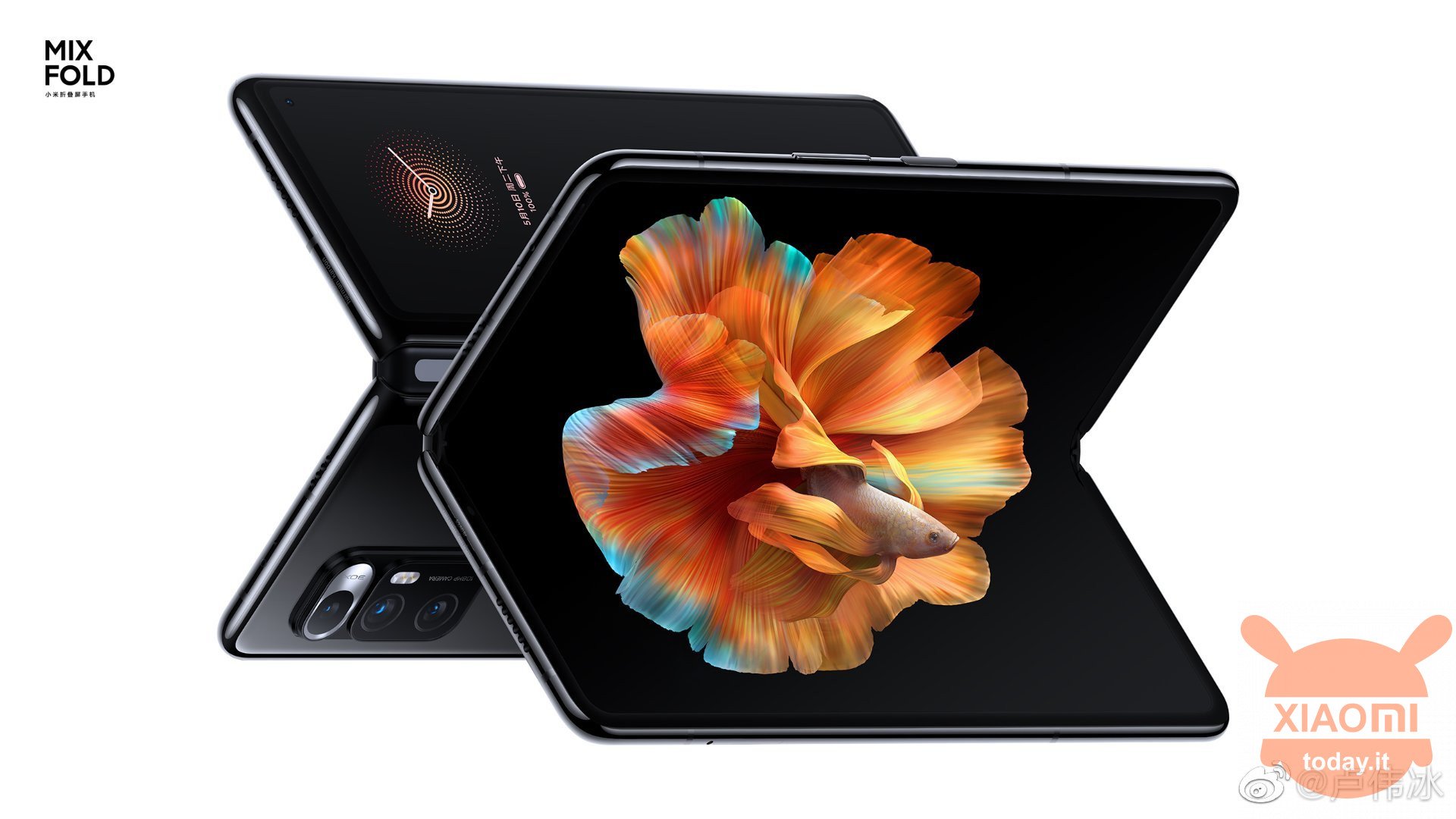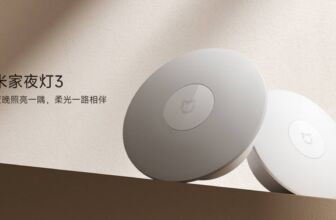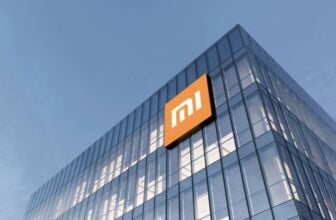
According to what has just been reported by the site TheElec, several Chinese brands will follow Samsung in the transition from polyamide films that are used for covering the flexible panels of folding smartphones to real UTG glass.
Goodbye polyamide film: Xiaomi's next folding will use UTG glass

In reality this is nothing surprising given that Samsung itself switched from polyamide film on its first foldable smartphone, the Galaxy Fold, launched in 2019, to use UTG cover technology on the successor and all subsequent foldable models such as the Galaxy Z Flip launched last year.
On the other hand, all the various leaflets produced by Chinese brands such as Huawei and Xiaomi still use polyamide films. Let's talk about foldable the Huawei Mate X2 and the Xiaomi Mi MIX Fold, launched earlier this year.
In any case, as mentioned at the beginning, all Chinese smartphone manufacturers interested in folding will implement the transition to UTG technology, an acronym that stands for "Ultra Thin Glass", or ultra thin glass.
We at XiaomiToday are especially interested in the next device of the Mi MIX Fold series which could even arrive by the end of the year. Several rumors suggest that Xiaomi's foldable will come with an 8,01-inch display manufactured by Samsung and covered with a layer of UTG glass.
We point out that, as TheElec also reports, the use of UTG glass on folding smartphones will also offer the company Corning (famous for Gorilla Glass) the possibility to expand its range of products.
That said, Corning's production capacity for UTG glass is still low. The US company still calls it "folding glass" and is about 50 micrometers thick. This is thicker than the glass manufactured by Schott supplied to Samsung which is 30 micrometers thick.
Finally, it might interest you to know that a foldable panel costs two to three times more (between € 125 and € 210) than a conventional flexible OLED panel (around € 70).









